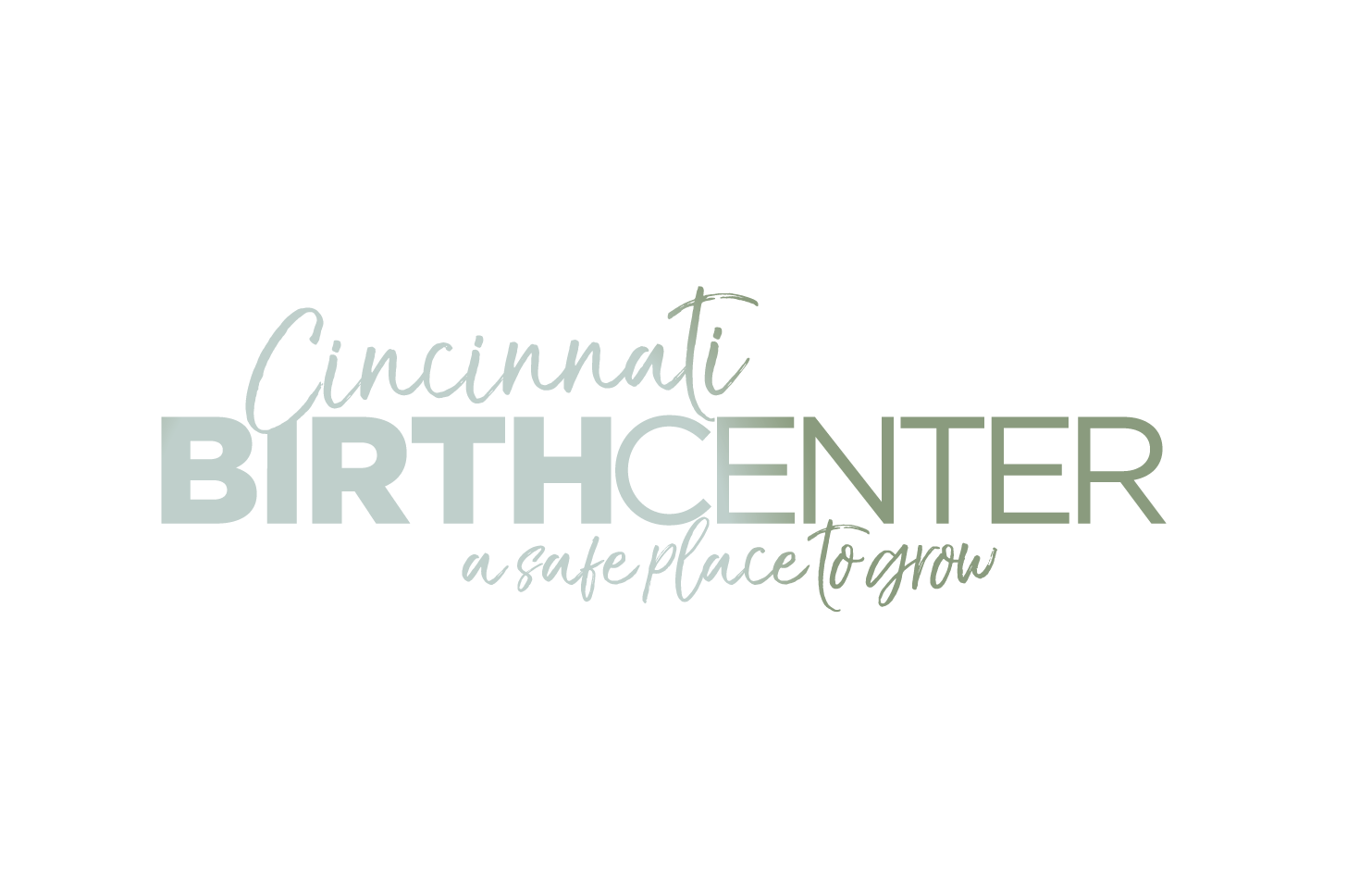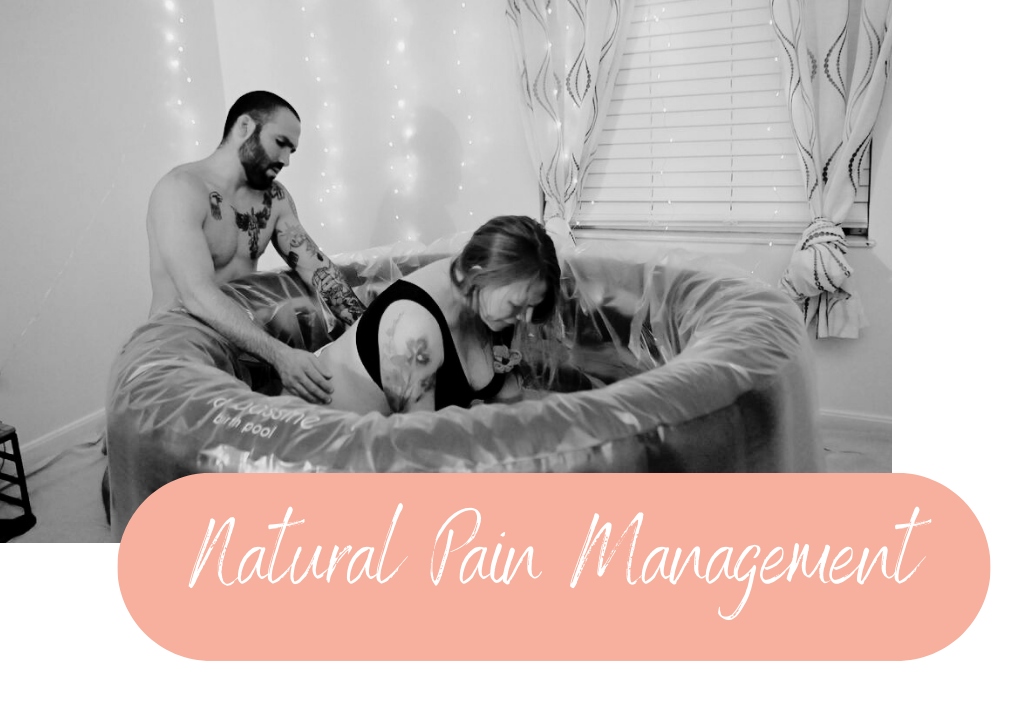Natural Pain Management During Home Birth
/Pain - one of the first things women tend to worry about when thinking about labor, especially unmedicated birth. Pain levels can vary greatly from person to person and even from one labor to another - there is no guarantee you will have more or less pain than someone else. However, emotions, fear and anxiety can intensify the perception of pain. With this in mind, there are many mental and physical techniques to manage your pain naturally so you can enjoy your home birth the way you’ve always pictured!
Natural Pain Management Techniques
Breathing Techniques
Slow, Deep Breaths: Practicing slow, deep breaths can help relax your body and reduce pain. Deep breaths send oxygen to your blood which reduces stress hormones and slows down your heart rate. Inhale deeply through your nose and exhale slowly through your mouth every time you feel a contraction peak.
Patterned Breathing: Creating rhythmic breathing patterns can divert your attention from pain. Try techniques like "4-7-8" (inhale for 4 counts, hold for 7 counts, and exhale for 8 counts) or "circular breathing" (continuous inhales and exhales without pausing).
Movement and Position Changes
Walking: Taking short walks can promote better circulation, help the baby descend, and relieve pain.
Rocking: Gentle rocking motions can ease discomfort and provide comfort.
Changing Positions: Try experimenting with different positions, such as squatting, kneeling, or leaning over a birth ball to relieve pressure and pain. Remember to keep your options open, as what works for one person may not for someone else, or something that worked for you in a previous labor may not feel right this time.
Hydrotherapy
Warm Bath or Shower: Soaking in a warm bath or standing in a warm shower can relax tense muscles and reduce pain. Many women prefer to labor in a tub for pain relief.
Waterbirth: A step beyond laboring in a tub, waterbirth involves staying in the water during the actual birth of the baby. Those who experience waterbirth tend to report lower pain levels than those who push and deliver “on land” (i.e. out of the water) [1].
Massage and Counterpressure
Back Massage: Applying gentle pressure to the lower back can alleviate back pain, which is common during labor.
Counterpressure: Use a rolled-up towel or a partner's hands to apply pressure on the lower back and hips for the duration of each contraction.
Hypnotherapy and Visualization
Guided Imagery: Imagine serene and calming scenes to help you relax and cope with pain.
Hypnobirthing: Learning self-hypnosis techniques can enable you to enter a deep state of relaxation and reduce pain perception. Mothers who learn this technique tend to describe feeling pressure rather than pain with each contraction.
Environment
Essential Oils: Aromatherapy using essential oils like lavender, chamomile, or peppermint can create a soothing environment and reduce stress [2]. Keeping your mind stress-free is one of the best things you can do for pain relief.
Music and Sound: Soothing music or nature sounds are therapeutic if you are interested in what you’re listening to. A person’s favorite music triggers the release of natural pain relieving chemicals in the brain, creating an environment suited to your labor needs.
Finding the Right Techniques for You
How do you know which pain management techniques are right for you? Consider attending childbirth classes to learn about these techniques in-depth and practice them during pregnancy. The more familiar you are with these techniques, the more effective they will be during labor. Keep in mind, however, that labor is unpredictable. Be open to trying different techniques if your initial choices aren’t providing the relief you hoped for.
Remember, the goal is not just to manage pain but to welcome your new baby into the world with love, support, and a sense of empowerment!



